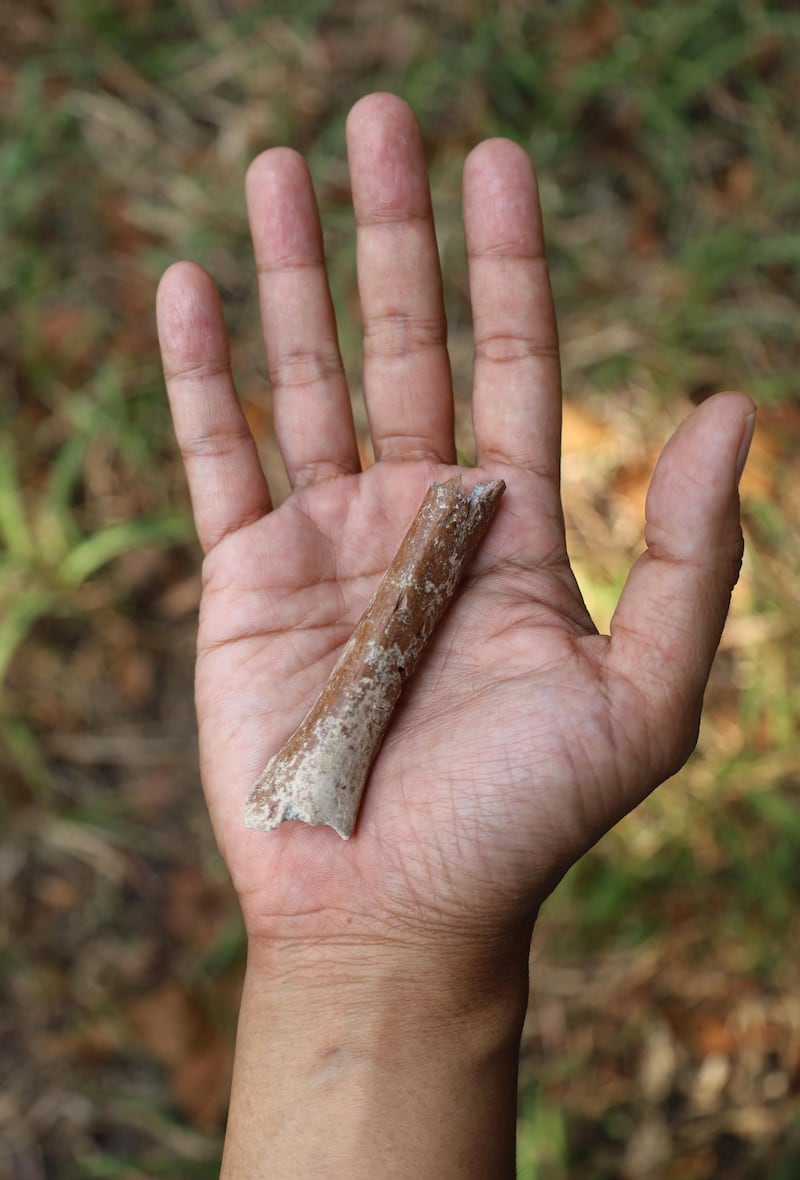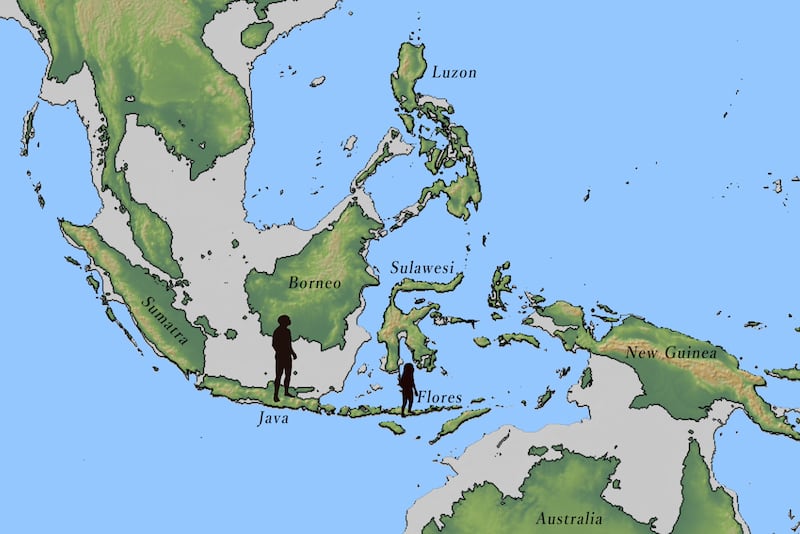The remains of a member of the smallest ancient human species on record, who stood at just 1m tall, have been discovered on the Indonesian island of Flores.
The fossil arm bone belonged to a tiny adult human who roamed the island 700,000 years ago alongside pygmy elephants, Komodo dragons and giant rats the size of rabbits. It is thought to be from a very early individual of the “hobbit” species Homo floresiensis that has perplexed scientists since its discovery two decades ago.
The latest fossil suggests that the species underwent an early and dramatic reduction in body size in response to the unique evolutionary pressures of being marooned on an island.
[ Getting kids to tune into technology, engineering and scienceOpens in new window ]
“Island dwarfism was well known before from fossil remains of megafauna on islands in the Mediterranean and Indonesia, that were miniature versions of their mainland ancestors,” said Dr Gert van den Bergh, a palaeontologist and co-author based at the University of Wollongong, Australia. “As long as animals are concerned, no one has a problem with island dwarfism, but when it comes to hominins it seems somehow more difficult to accept.”
Since the discovery of the first “hobbit” fossils, dating from 60,000 years ago, the miniature human’s evolutionary origins have been fiercely disputed. Some experts have questioned whether floresiensis was even a unique species or simply a tribe of modern humans afflicted by a congenital stunting disease, while others proposed they were related to a more primitive ape-like species that was small to begin with.

The scientists behind the latest discovery say it adds weight to the theory that the “hobbits” descended from Homo erectus, or Java man, an archaic hominin roughly similar in stature to us, which somehow became stranded on Flores. The tiny arm bone is similar in anatomy to previously discovered “hobbit” skeletons, while a newly discovered pair of teeth from the same site bear a resemblance to Homo erectus teeth – although much smaller.
Based on the estimated length of the bone, the team was able to calculate the body height of the ancient human to be about 100cm tall. This is about 6cm shorter than the estimated body height of the 60,000-year-old skeleton discovered 75km away on the same island.
“This 700,000-year-old adult humerus is not just shorter than that of [the original] Homo floresiensis, it is the smallest upper arm bone known from the hominin fossil record worldwide,” said Prof Adam Brumm from Griffith University’s Australian Research Centre for Human Evolution and a co-author of the paper. “This very rare specimen confirms our hypothesis that the ancestors of Homo floresiensis were extremely small in body size. However, it is now apparent from the tiny proportions of this limb bone that the early progenitors of the ‘hobbit’ were even smaller than we had previously thought.”
[ Bangladesh protesters back Nobel laureate Muhammad Yunus for government roleOpens in new window ]
Island dwarfism is thought to emerge because a smaller body size can be advantageous in surviving periodic food shortages on islands – and being big is less of a bonus with no large carnivorous mammals to contend with.
Some questions remain unanswered, including how the ancestors of floresiensis washed up on the island in the first place. Stone tools show that the island was occupied as early as 1m years ago.
“It was generally thought that only modern humans with boat technology would have been able to reach an oceanic island surrounded by deep sea straits such as Flores,” said van den Bergh.

Prof Chris Stringer, head of human origins at the Natural History Museum, who was not involved in the research, said: “Being able to track a single evolving hominin lineage over that timescale holds great promise for future research.”
“Many researchers assume a dwarfing process occurred on Flores itself, but there is currently no way of knowing that at the moment, since the process could have already started on other islands, such as Sumbawa or Sulawesi, prior to the arrival on Flores,” Stringer added.
The findings are published in the journal Nature Communications.








